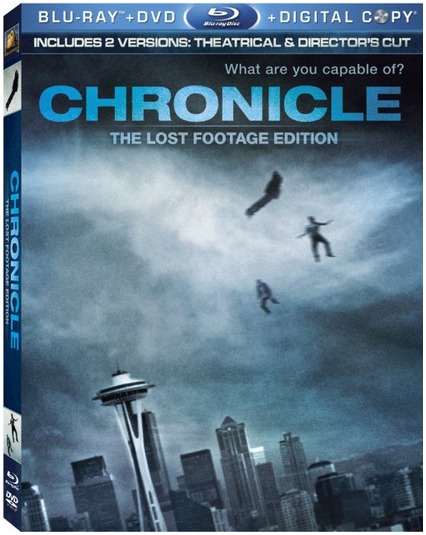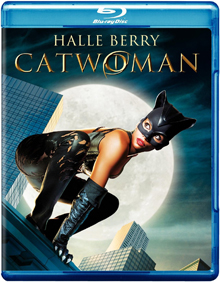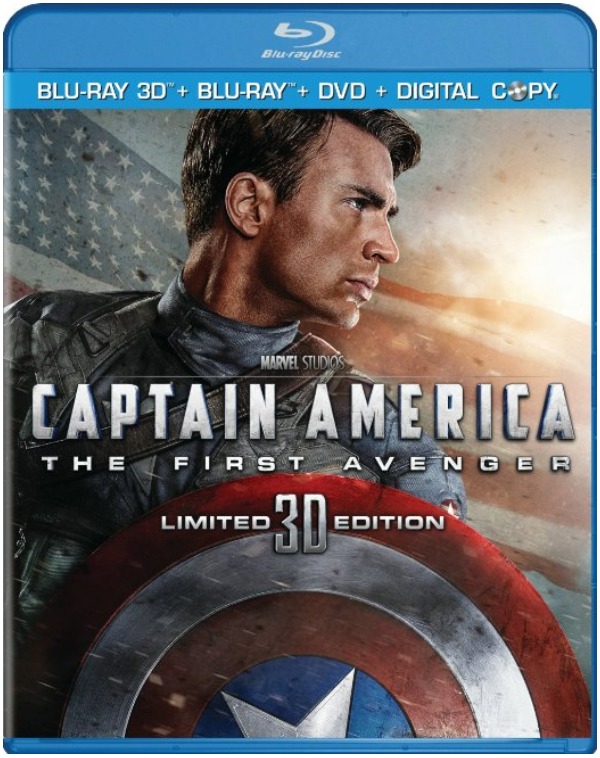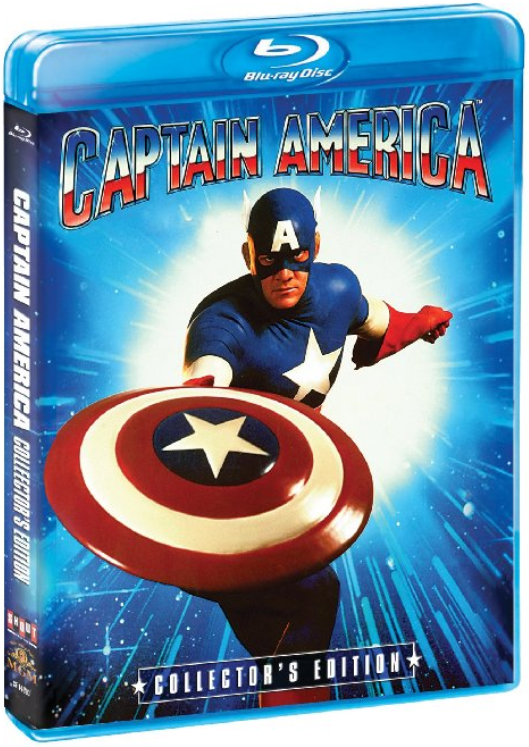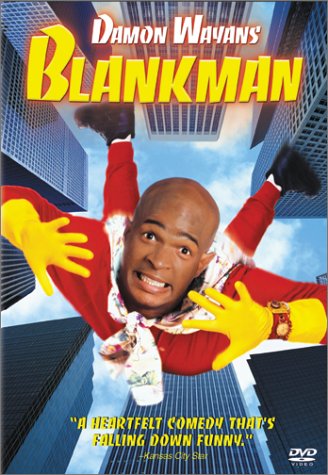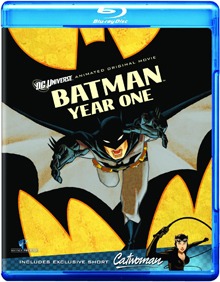Daredevil (2003)
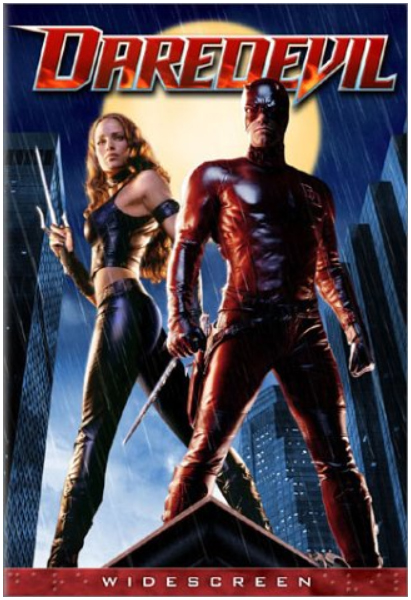
Daredevil (2003)
Written by Mark Steven Johnson
Directed by Mark Steven Johnson
Runtime 103 min.
4 out of 5
An A-plus report card brings young Matt Murdock to the docks to show his father. All he ever wanted was to please his dad and, as per his father’s advice, “be a doctor, be a lawyer.” Except, stumbling upon his alcoholic, washed-up ex-boxer father as a leg-breaker, Matt takes off on his skateboard in a hurry, only to accidentally run into a truck with barrels of radioactive liquid that cause him to go blind. But all is not darkness because he also mysteriously inherits a strange “radar sense” that enables him to see in a sort of X-ray way because of his newfound ability to convert sound waves into sight.
Him and his father vow to fix their relationship and their life, promise to never give up and be fearless, and embark on a journey to perfect themselves and hit the comeback trail—Matt via the books and honing his senses and disciplining his body; his father to enter the ring once more. With Matt by his side, Jack “the devil” Murdock makes good on that promise, but a fateful night in the ring changes everything and Matt promises from then on to stick up for those who can’t defend themselves and watch out for the long shots like he and his father were.
Now, all grown-up, he’s a lawyer by day and masked crime fighter by night. His name: Daredevil.
And he’s not the only one who wants a piece of New York. Crime boss the Kingpin (Michael Clarke Duncan) is on the rise, as is his hired goon, Bullseye (Colin Farrell). Adding to matters, Elektra Natchios (Jennifer Garner)—a shapely martial arts master—has her sights on Daredevil (Ben Affleck) as well, leading us into a battle for New York, for vengeance, and for those who have been a victim of crime.
For some reason a lot of people didn’t like this movie. I thought it was great. I liked the overall story; the costumes (except Bullseye’s); the atmospheric New York City; the sense of darkness Matt Murdock carried within himself; Elektra’s close relationship with her father; Foggy Nelson (Jon Favreau) and his being a “come-with” guy—very enjoyable. There was a sense of humanity about this version of Daredevil that I was able to relate to on a lot of levels.
The fight scenes were nothing short of amazing, especially that barroom brawl where Daredevil clears the room. I remember seeing that in the trailer and just being absolutely stoked.
Who cares that Kingpin was black? So what? The dude’s one of my favourite actors and it was interesting to see him play the bad guy as he’s usually the nice, innocent one, but for some reason people didn’t like the character being black in this. It doesn’t matter, folks. He did a good job.
The whole Matt Murdock-Elektra/Daredevil-Elektra relationship was well-handled, in my opinion, and I particularly enjoyed how those elements intertwined with each other throughout the film.
If I was going to criticise a few things—and while I enjoyed Daredevil’s gallivanting throughout New York—his spinning jumps and aerial movies were very similar to Spider-Man’s (who made his feature film debut the year before Daredevil came out), and some of the stuff Daredevil was able to do was pretty farfetched. I mean, I don’t care how awesome you are at acrobatic stuff or if you’re more fit than Bruce Lee on his best day, but falling face first toward a window washer’s station at lightning speed won’t get slowed down by doing a somersault in the air so you could land on your feet. You’d break your legs and die from the impact. But whatever. It’s superheroes, so I overlook most of the impossible these guys accomplish. Just goes with the understanding that superheroes can do things we can’t, whether realistic or not.
That’s really my only critique. I liked everything else. Wasn’t crazy about Bulleye’s costume. Would have liked to have seen him as more of a stealth assassin. I also don’t read Daredevil comics so I can’t tell you if this is a faithful adaptation or not. I know Daredevil’s backstory and a bit about some past adventures, but that’s about it.
I haven’t seen the director’s cut of this either, so need to get around to doing that.
Still a good movie and I’m proud to have it in my superhero movie collection.
If you like superhero flicks, you’ll like Daredevil (2003).

